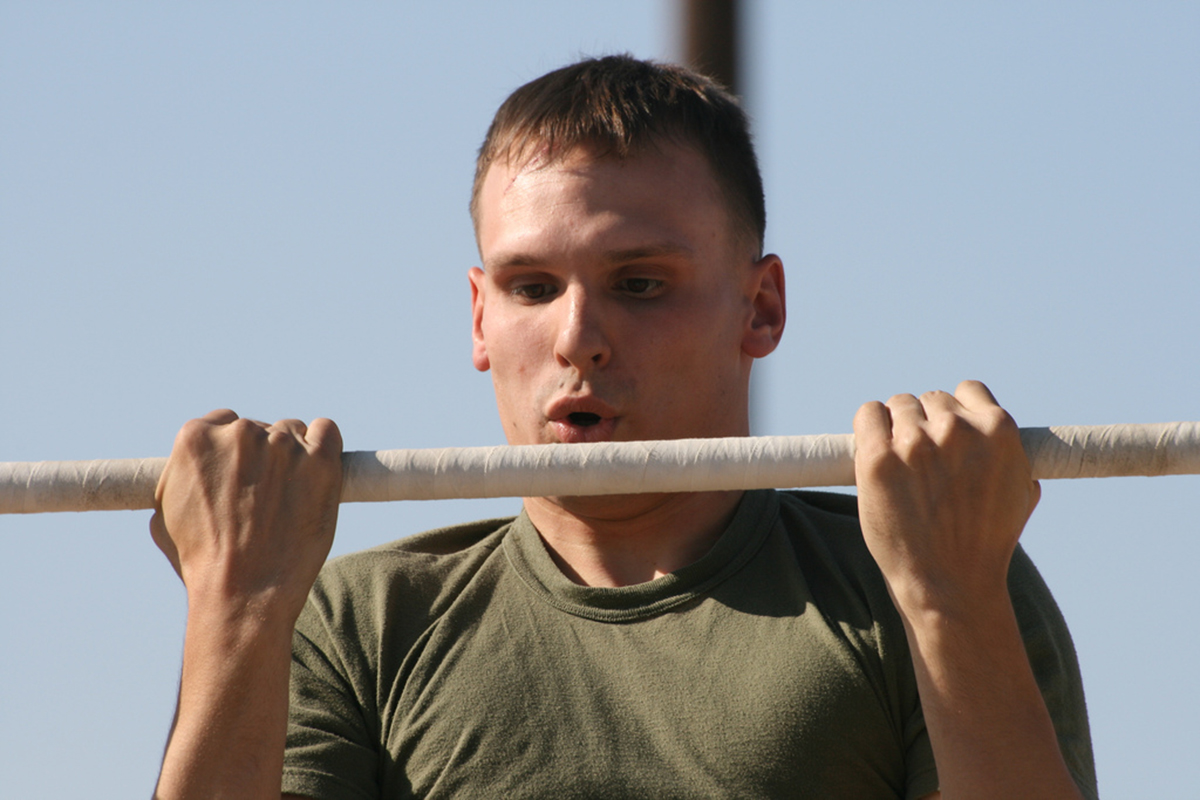Table of Contents
1: Time Your Singles
Treat singles as sets, and do them with timed intervals. Your body doesn't know the difference between 3 reps of above you can do 3 times and 1 rep of a move you can do once (well, more or less). So treat your single as a set. The first time you do this, it's research. Do your movement, then time it out until you feel ready to have another shot. Repeat until the rest period is over 5 minutes or you fail the move, whichever comes first. The longest time you got is the time you should use between singles.

2: The O-lift Method
Doesn't require you to snatch. But it does require you to copy how O-lifters program their lifting. Olympic lifts aren't really something you can do for reps. Yeah, yeah, Crossfit, but look at their injury rate (and their horrible O-lift form) and you'll see what I mean. O-lifters do singles and doubles of their competition lifts, but that's not what we're interested in. We're interested in the rest of a training session. See, an Oly lifter might do a handful of snatches with weight in a training session. Technique, power, load — he's fried after six or eight. So now what does he do? He does lifts that are part of the movement of a snatch without its technical demands. The weight stay high and the reps stay low, so you might see him do sets of threes of overheard squats, high pulls and snatch grip deadliest or Klokov presses, all moves deigned to make him both stronger, and better, in the snatch. One more time: both stronger, and better. These support exercises are built out of parts of the snatch.
So you can do the same with your movement. If you're using something that's based on progressions, you can use high-load support exercises that mimic part of the movement. For levers, you can do a loaded movement that takes the stabilisation requirement down but leaves the arm and lat strength requirement in, or vice versa. You want to preserve as much of the shape as well as the muscular demands of the target move as possible.This is probably the way that requires the most technical know-how and the best understanding of where you're weakest.
3: Greasing The Groove
When you do a movement often you get better at it. You're talking about neurological adaptations like improved motor unit recruitment and better motor patterning, as well as some muscular adaptations, all happening at once. If you want to program high volume singles without frying your central nervous system, try the grease the groove system — what a friend of mine refers to as "paying the tool to the exercise troll." Basically, all you're doing is doing a rep, or a partial — don't sweat getting it right every time - every time you pass the equipment. The most effective exercises to use with this are those you can do on a pull-up bar and the best place to put it is the bathroom doorway, in my humble opinion.
The least effective exercises are those that require special equipment — if you don't happen to have an Olympic bar and number plates just hanging around the place this isn't going to do much for your snatch. In that case, you could program this by figuring out where your target movement is weak and programming a "pay the toll" move that targets that weakness. If you're weak overhead, pay your tool with dumbbell overhead presses. No, you're not working directly on the move you care about, but when you go to do that move, your newfound stability and skill overhead will pay off.
4: Support
Rather than using the "O-lift Method," breaking your target movement into sections and training them, here you're looking at ways to build a volume base to support your target movement. So instead of focussing on the movement, you'll be focussing on the strength or mobility requirements that movement imposes. For example, taking the lever example we used earlier, levers require core strength and arm and lat strength, so you could look to hollow body work and rolling sit-ups like Russian or Turkish sit-ups, together with some reverse crunches or dragon flags, to build that core strength, as well as some L work, and pull-ups, dips and inverse rows to build general upper body strength oriented toward levers. When you're programming this way the temptation is to throw the toolbox at the problem. A bit of this, a few of those, two sets of these at the end because I like them.
READ Belly Busting Ab Workout For A Super Flat Tummy
Hopefully you're closer to being able to build sessions that will move your tough movements forward. If you've found this helpful, or you think I've got something all wrong, or you just want more detail, get hold of me in the comments section below.
- Photo courtesy of drewgstephens via Flickr: www.flickr.com/photos/dinomite/3576361684
- Photo courtesy of bitterbuick via Flickr: www.flickr.com/photos/tippingthescales/2529048023


Your thoughts on this